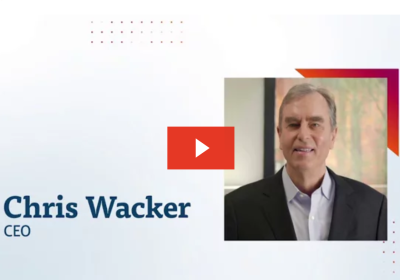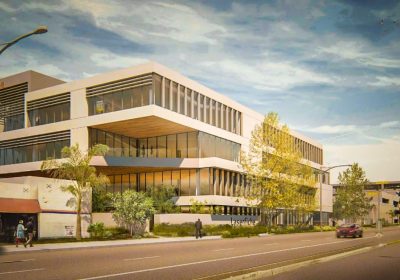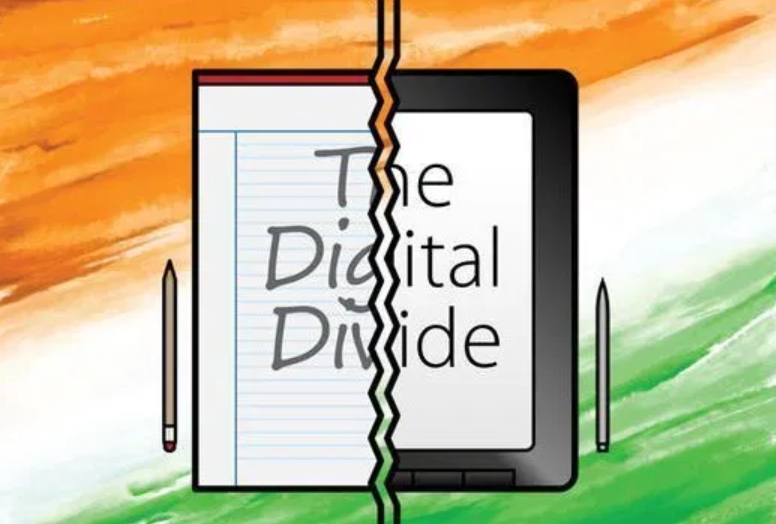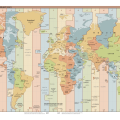The COVID-19 crisis has laid bare many vulnerabilities in US society but none as disconcerting as the digital divide. Estimates of the number of U.S. households without Internet access range as high as 30 percent with the vast majority in poorer areas where return on infrastructure investment is least for the companies providing it.
 These are also the areas hardest hit economically by the pandemic as schools, businesses and factories are shuttered by state mandates and work-from-home options are more limited. Parents and kids are shuttling to WiFi hotspots outside libraries, schools and other public facilities where they would otherwise be inside learning and working.
These are also the areas hardest hit economically by the pandemic as schools, businesses and factories are shuttered by state mandates and work-from-home options are more limited. Parents and kids are shuttling to WiFi hotspots outside libraries, schools and other public facilities where they would otherwise be inside learning and working.
The New York Times recently reported that it’s from the back seats of cars that teachers and students participate in virtual classes they can’t attend at home for lack of the high capacity internet service required. The Federal Government is allocating trillions to help the nation through the COVID-19 crisis and some state and local leaders are seeing an opportunity to address the problem: since April more than 40 bills have been introduced by various state legislatures that address some aspect of broadband access.
Still, there’s more that this country can and must do. Our teachers are some of the nation’s poorest paid employees most notably in the inner cities and countryside where annual budgets are battled over bitterly. Rather than raise teacher salaries, which might raise local opposition, perhaps these positions can be made tax exempt, giving districts much more flexibility in staffing their classrooms.
This seems a much better use of public funds as there is no better investment in our future than our children. Giving them broadband access and higher-paid teachers will pay dividends far beyond the quality of the workforce produced. It will allow the entire country to enter the information age allowing us to stay competitive worldwide in this most important of industries.
There is also more we can do as individuals and businesses on the local level. Telecommunications companies and internet service providers across the country are doing their parts to close the digital divide by improving infrastructure and offering deeply discounted rate structures in their under-served communities.

Laserfiche is currently in talks with community organizations hoping to encourage such companies to increase technology access through improved broadband infrastructure and costs in under-served Long Beach communities. For right now, Laserfiche is offering free 6-month trials of our cloud-based process automation and web-access software to all Long Beach schools.
The latest COVID-19 numbers are making clear the Fall 2020 semester might be at least partially impacted, so schools need to act this summer if they are to build the remote access platforms and process automations that are crucial steps to bridging the digital divide. Doing so will also save these districts a great deal of money and improve day-to-day operations when things get back to normal.
Perhaps as we all do our parts in our own communities, we’ll survive this pandemic and be better prepared for the next. Much more important, we’ll be better prepared as a nation for the future as a whole.









